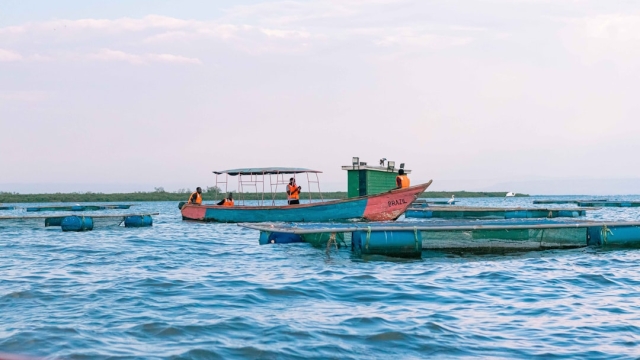Aquatic resource management is a critical aspect of environmental stewardship, focusing on the sustainable use of water bodies and their ecosystems. With the increasing pressures from human activities, climate change, and pollution, effective management of aquatic resources has become essential for maintaining biodiversity, ensuring food security, and supporting livelihoods. This article will explore best practices in aquatic resource management, innovative tools for monitoring aquatic ecosystems, and sustainable aquaculture strategies that can contribute to the health and vitality of aquatic environments.
Best Practices in Aquatic Resource Management
Implementing best practices is crucial for effective aquatic resource management. These practices can be categorized into several key areas:
- Integrated Management Approaches: Utilizing a holistic approach that considers the interconnections between aquatic systems and surrounding environments can lead to more effective management decisions.
- Community Involvement: Engaging local communities in the decision-making process fosters a sense of ownership and responsibility, which can lead to better conservation outcomes.
- Regulatory Compliance: Adhering to established laws and regulations ensures that aquatic resources are managed within a framework designed to protect ecosystems.
- Monitoring and Evaluation: Regular assessment of aquatic ecosystems helps identify changes over time, allowing managers to adapt strategies accordingly.
Innovative Tools for Monitoring Aquatic Ecosystems
As the complexities of aquatic ecosystems increase, innovative tools are becoming indispensable in the field of aquatic resource management. These tools can enhance understanding and facilitate informed decision-making:
- Remote Sensing: Utilizing satellite imagery and drones provides a bird’s-eye view of water bodies, allowing for the monitoring of water quality, habitat changes, and land-use impacts.
- Water Quality Sensors: Deploying in-situ sensors can provide real-time data on parameters such as temperature, pH, and dissolved oxygen levels, which are essential for assessing ecosystem health.
- Data Analytics Platforms: Leveraging data analytics and modeling software can help interpret vast amounts of data, making it easier to identify trends and predict future changes in aquatic environments.
Sustainable Aquaculture Strategies
Sustainable aquaculture is a vital component of aquatic resource management, as it supports food production while minimizing environmental impacts. Here are some effective strategies:
- Polyculture Systems: Integrating multiple species within the same farming system can enhance biodiversity and reduce the risk of disease, while also optimizing resource use.
- Feed Management: Utilizing sustainable feed sources and optimizing feeding practices can significantly reduce the environmental footprint of aquaculture operations.
- Certification Programs: Participating in certification schemes can help aquaculture producers adhere to sustainability standards, appealing to conscientious consumers and enhancing market access.
| Strategy | Benefit | Example |
|---|---|---|
| Polyculture Systems | Enhances biodiversity | Fish and shrimp farming |
| Feed Management | Reduces environmental impact | Sustainable feed sources |
| Certification Programs | Improves marketability | Marine Stewardship Council |
In conclusion, effective aquatic resource management is essential for preserving aquatic ecosystems and ensuring their sustainable use. By implementing best practices, utilizing innovative monitoring tools, and adopting sustainable aquaculture strategies, stakeholders can contribute to the health of our water bodies. For further insights and resources related to aquatic resource management, consider exploring additional content that addresses these critical topics.



